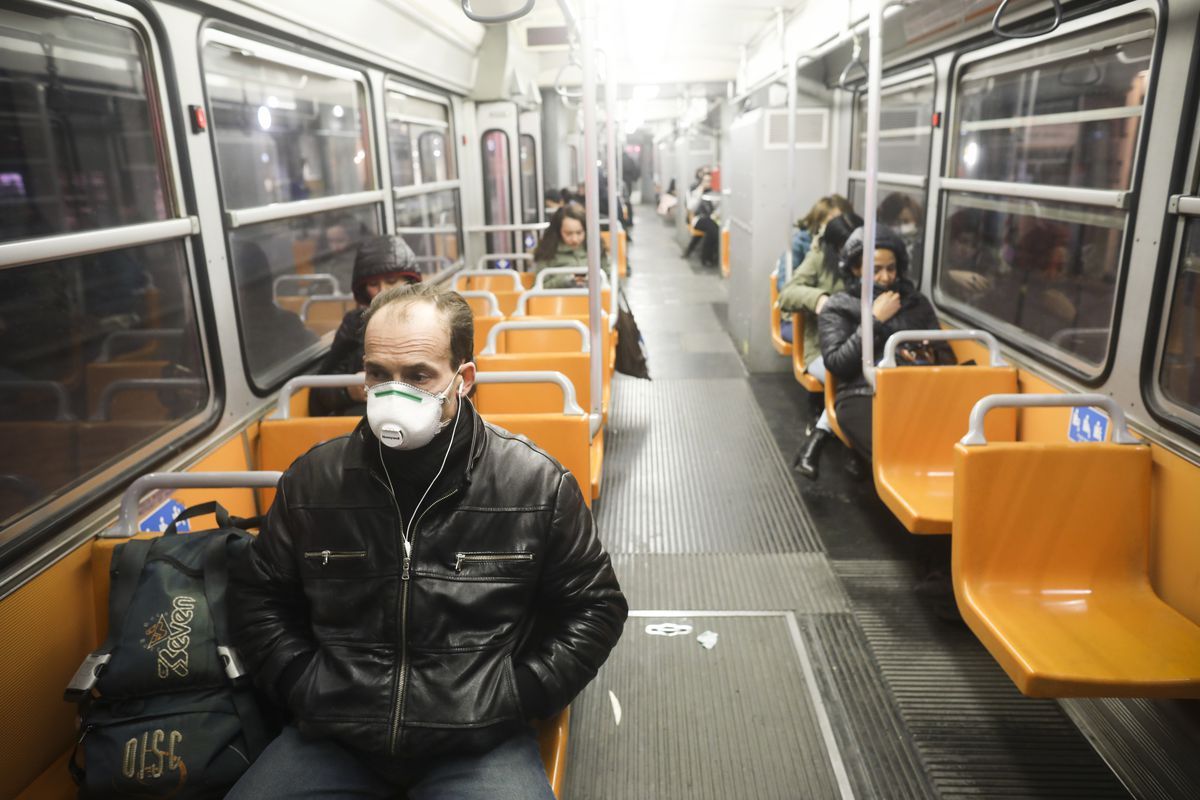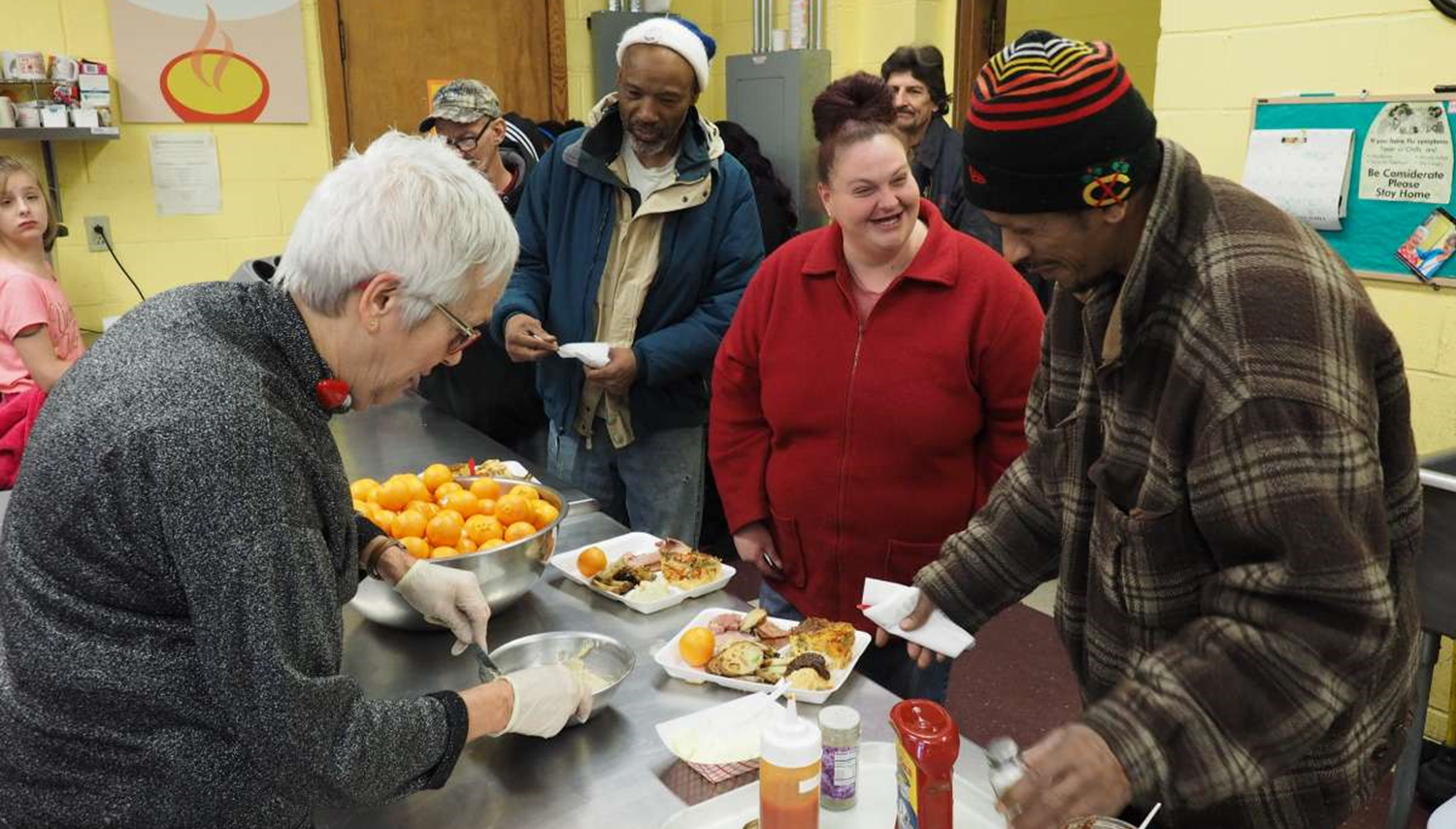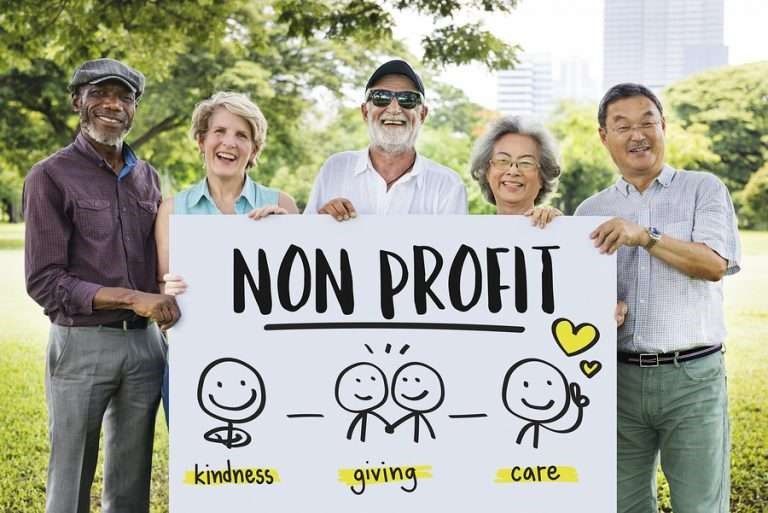Take it Virtual During - and After - the Pandemic
Remote workforce and delivery opportunities for non-profits and businesses

Many non-profit leaders and small business owners have been asking a critical question during the current COVID-19 crisis: “How do we continue serving our clients when we can’t be physically present?” Some, unfortunately, absolutely have to work with people or provide their products in-person. Others, however, have an opportunity that can mitigate the effects of—and possibly even outlast—this novel Coronavirus.
First, organizations that are able are increasingly turning to telework for their employees, given many states have issued “stay-at-home” orders for non-essential entities and/or staff. This is beneficial under the conditions in which we find ourselves and, in the 21st century, if it’s possible, it’s something many people prefer. Videoconferencing, for example, is easy, and while it might take some adjustments, there’s not much that can’t be done virtually. It’s 2020 after all—we’re pretty much all connected!
Now, some managers are nervous about this, as it is harder to “supervise” the work people are doing at home. To be honest, that’s actually on the managers and the enterprise’s performance management protocols. There needs to be a shift away from “are you working every minute of the day?” to “are you getting your work done on time, and with high quality?” We would argue most professionals don’t need close supervision. It’s simple to have progress check-ins, and the proof is ultimately in the outputs. If they aren’t completing things to expected standards, managers need to manage—something any are loathe to do—and well-structured, regular evaluations should take care of long-running problems.
The other problem is that a good number of organizations can’t serve their clients the way they’re used to, if their people are working remotely. Much like the success of telework depends on changing attitudes about management vs. supervision, remote service necessitates changes in delivery models. If staff (and volunteers) can’t be on-site to help the clientele, survival may depend on organizations’ ability to adapt and take things virtual. It may not be ideal, but with a little creativity, they can maintain a cash flow and also remain relevant in the eyes of the market, while meeting public demands. Again, it’s admittedly infeasible for some non-profits and businesses, but for others on-line services are a lifeline in this crisis.
What might this look like? We see salons, whose services ordinarily necessitate close contact, offering one-on-one and group consultations and educational sessions for their customers so they can learn home de-stressing strategies, or do their makeup and nails on their own. Elder care, hospices, and other in-patient facilities whose clients need visitors are turning to individual, extended family, and volunteer videoconferencing with family members and friends, and online programs to keep patients healthy and engaged. Health care providers—both non- and for-profit—are offering telemedicine support (which also helps in the fight). These are just a few of the possibilities in a world where ingenuity now rules the day.
A remote workforce plus virtual services may be the key for your non-profit’s or business’ survival during COVID-19. It’s not the solution for all, but it may be for more than we think. No, a food pantry can’t hand out virtual food—but they can set preferences and pickup times online, by text, or by phone, and do it without the need for major infrastructure upgrades. Local boutique shops, closed to the public, can put products on their web sites and use e-commerce solutions—relatively easy to do, with great potential.
The best part is these things don’t have to be abandoned once things return to something resembling normalcy. A remote workforce can increase employee satisfaction, and even allow staff to get out into the field more to promote. Online visitations, educational programs, catalogs, etc. can enrich offerings, and expand engagement channels. That’s the silver lining here. Think outside the box!
More Information
Learn more
about embracing digital delivery strategies post-pandemic.
Read Other Posts




















